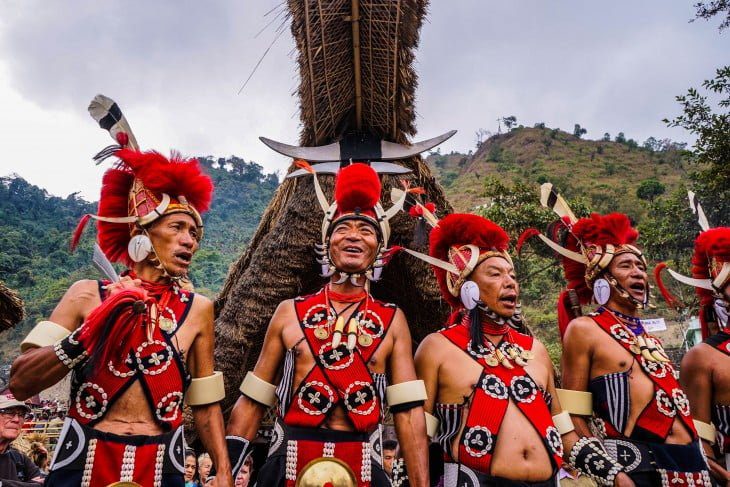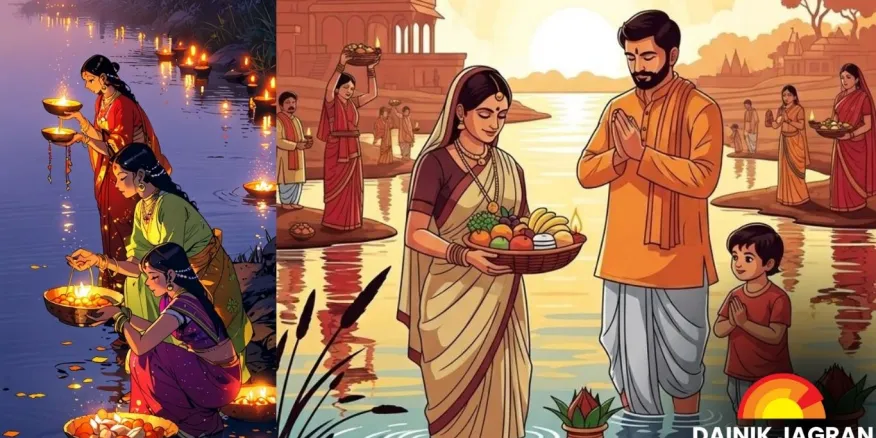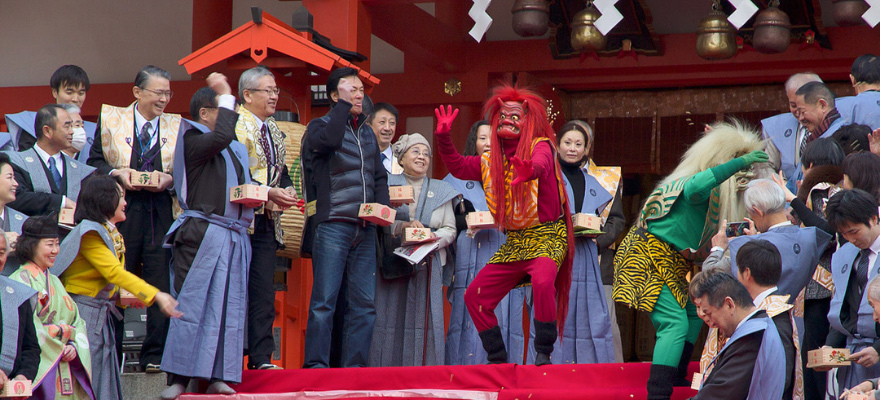Now Reading: Nagaland Festival Revives Forgotten Tribal Dances
-
01
Nagaland Festival Revives Forgotten Tribal Dances
Nagaland Festival Revives Forgotten Tribal Dances

In Nagaland, a unique festival is bringing back traditional tribal dances that were once on the verge of fading away. Local communities are joining hands to preserve these age-old art forms, passing them on to younger generations. The event is more than just a performance stage; it’s a cultural revival, reconnecting people with their roots while showcasing the diversity of Nagaland’s tribes to visitors from across India.
Celebrating Diversity Through Dance
Nagaland is home to more than a dozen tribes, each with its own distinct dance style. Many of these dances are linked to harvest celebrations, warrior traditions, or rituals of community bonding. Over the years, modernization led to the decline of such practices. The festival now offers a space where different tribes come together to perform, making it both a cultural showcase and a collective memory-keeper.
Passing Traditions to the Young
One of the most striking aspects of the festival is how it involves the youth. Elders teach the steps, songs, and meanings behind the dances, ensuring they don’t remain confined to history books. For many young performers, it becomes an opportunity to learn not only the moves but also the stories of their ancestors. This intergenerational exchange strengthens cultural identity and pride.
Drawing Visitors and Awareness
Beyond its role within the community, the festival has also started attracting visitors and researchers. For people from cities like Guwahati, Kolkata, or even smaller towns in central India, the event offers a chance to witness traditions that are rarely seen outside Nagaland. It sparks curiosity and respect for the cultural wealth of India’s Northeast, a region often overlooked in mainstream narratives.
Revival With Relevance
The festival’s real strength lies in balancing preservation with relevance. While the performances stay true to tradition, the setting allows them to be appreciated in today’s context. For the locals, it’s a way of affirming their identity; for outsiders, it’s a reminder of India’s cultural depth beyond metropolitan spaces.
A Living Heritage
By reviving forgotten dances, Nagaland’s festival proves that heritage is not just about museums or archives—it is something lived, performed, and celebrated. In bringing back rhythms of the past, the community ensures they remain alive for the future, making the festival both a cultural celebration and a bridge across generations.

























